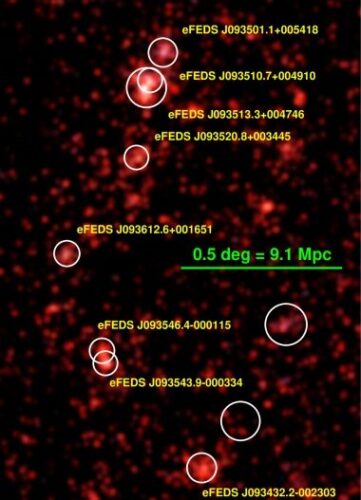
Mission CRS-21 accomplished: the SpaceX Dragon spacecraft has come back to Earth
A few hours ago the SpaceX Dragon spacecraft ended its CRS-21 (Cargo Resupply Service 21) mission for NASA splashing down smoothly in Gulf of Mexico, off the coast of Florida. The Dragon left the International Space Station last Tuesday. For SpaceX, this was the first mission of the second contract with NASA to transport resupplies to the Station with the new version of the Dragon cargo spacecraft, the first to splash down near the East coast of the USA instead of the Pacific Ocean.





